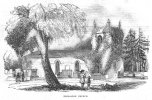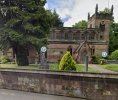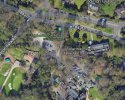The estate has a long history, but in summary:
The original house was burnt down in 1688 because of the religious beliefs of the occupants (the Gages). The estate passed to the wife of Thomas Belasyse, Lord Fauconberg. In 1717 they sold the manor, still in ruins, to Sir Richard Gough, who rebuilt the Hall. The Goughs lived here for most of the 18th century. It later became part of the Calthorpe family through a Gough/Calthorpe marriage in 1783, but they didnt occupy the Hall. It was leased to Dr William Withering (d 1799), a physician and botanist. There was a succession of occupants including a doctor and politician.
In 1936 Edgbaston Golf Club became tenants, with the Hall becoming the clubhouse and the grounds made into the golf course.
It is Grade 2 listed. https://historicengland.org.uk/listing/the-list/list-entry/1001201?section=official-list-entry
The Hall in 1829

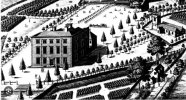
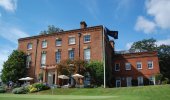
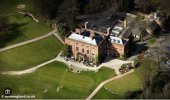
The original house was burnt down in 1688 because of the religious beliefs of the occupants (the Gages). The estate passed to the wife of Thomas Belasyse, Lord Fauconberg. In 1717 they sold the manor, still in ruins, to Sir Richard Gough, who rebuilt the Hall. The Goughs lived here for most of the 18th century. It later became part of the Calthorpe family through a Gough/Calthorpe marriage in 1783, but they didnt occupy the Hall. It was leased to Dr William Withering (d 1799), a physician and botanist. There was a succession of occupants including a doctor and politician.
In 1936 Edgbaston Golf Club became tenants, with the Hall becoming the clubhouse and the grounds made into the golf course.
It is Grade 2 listed. https://historicengland.org.uk/listing/the-list/list-entry/1001201?section=official-list-entry
The Hall in 1829




Last edited:

